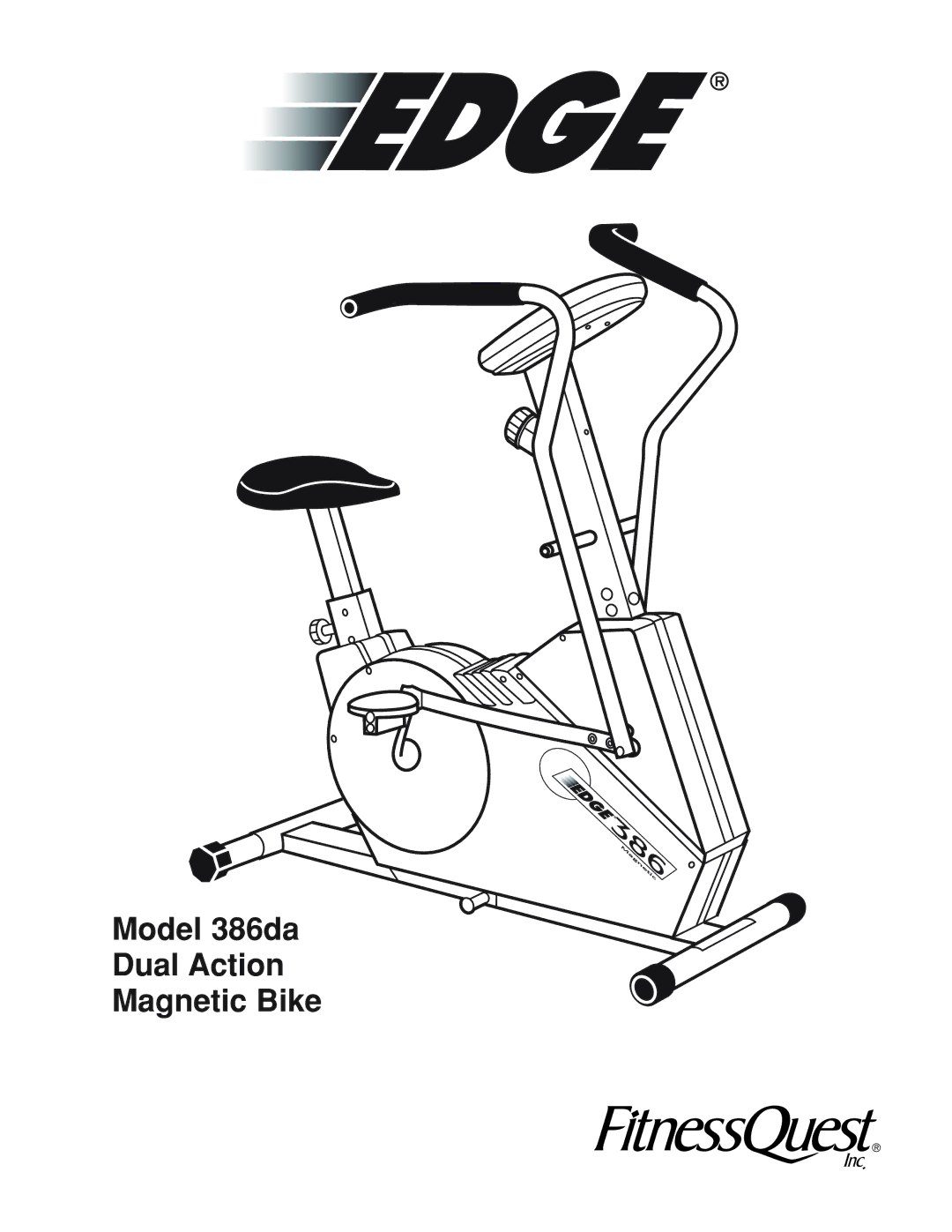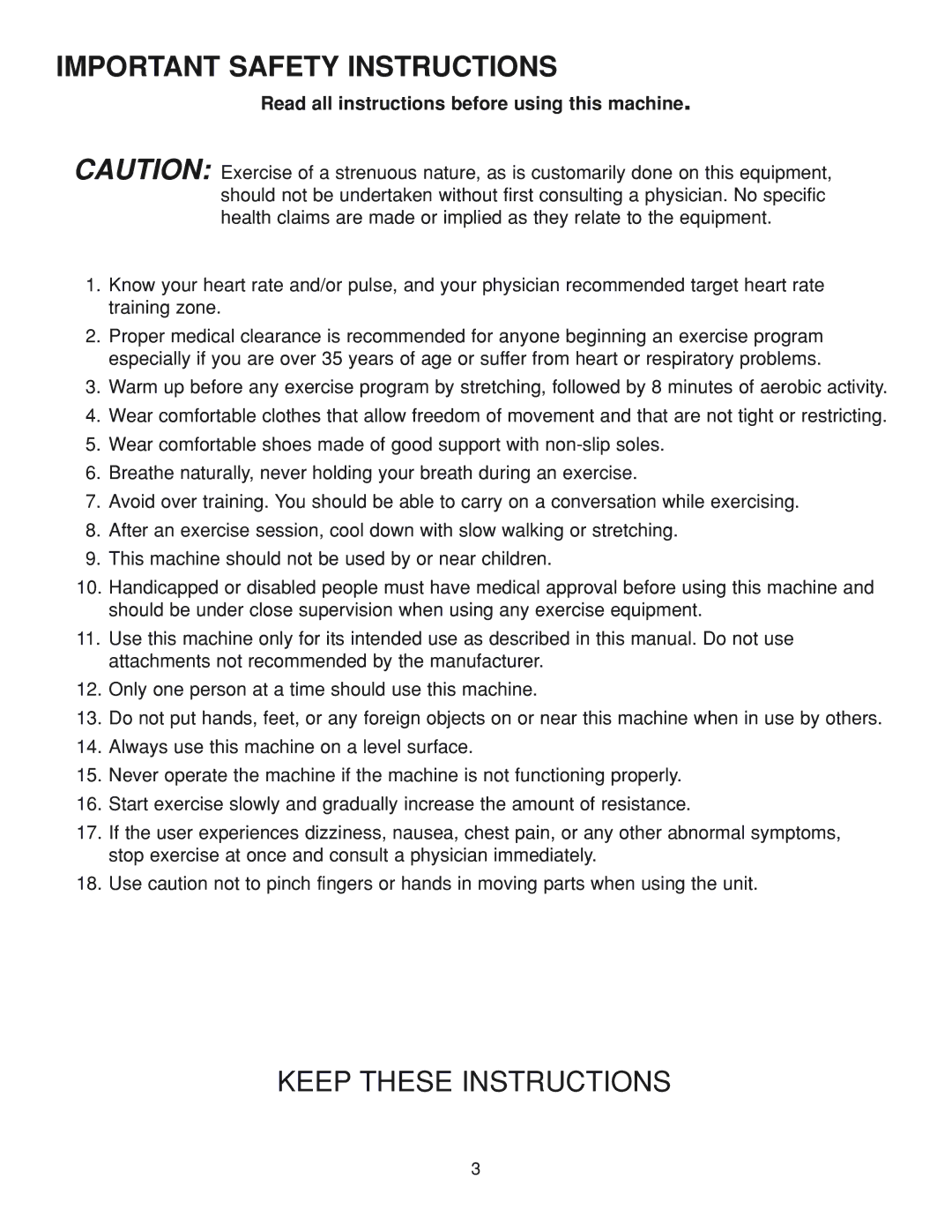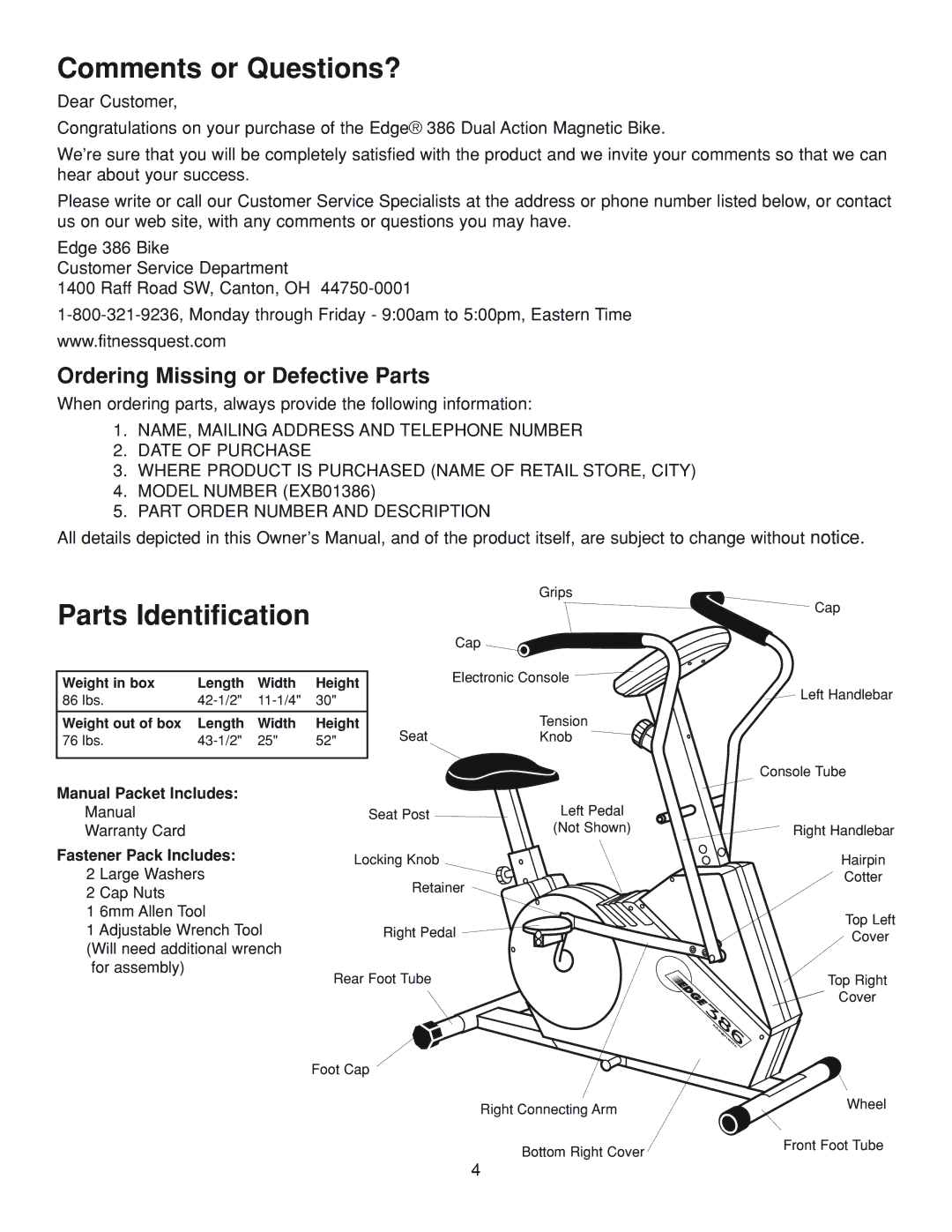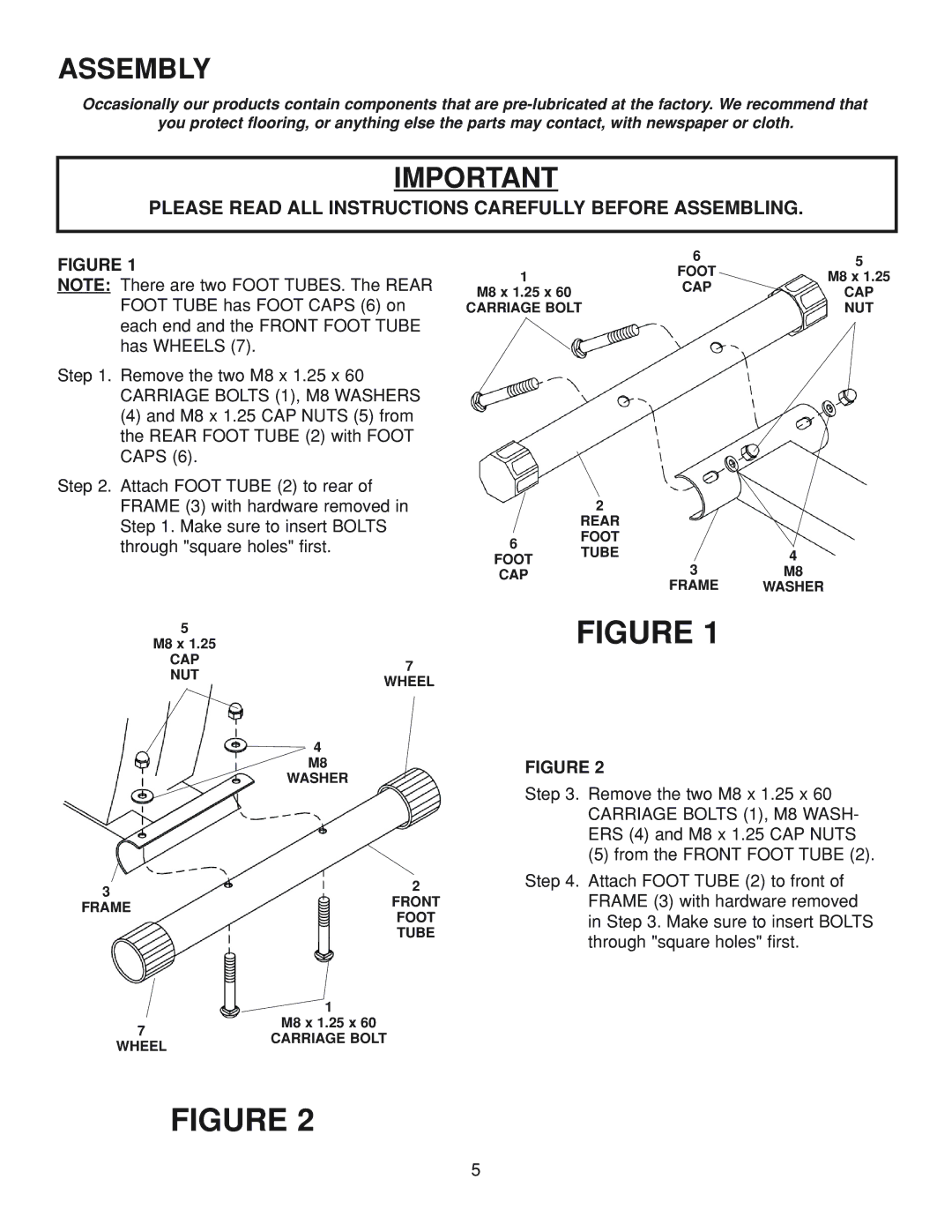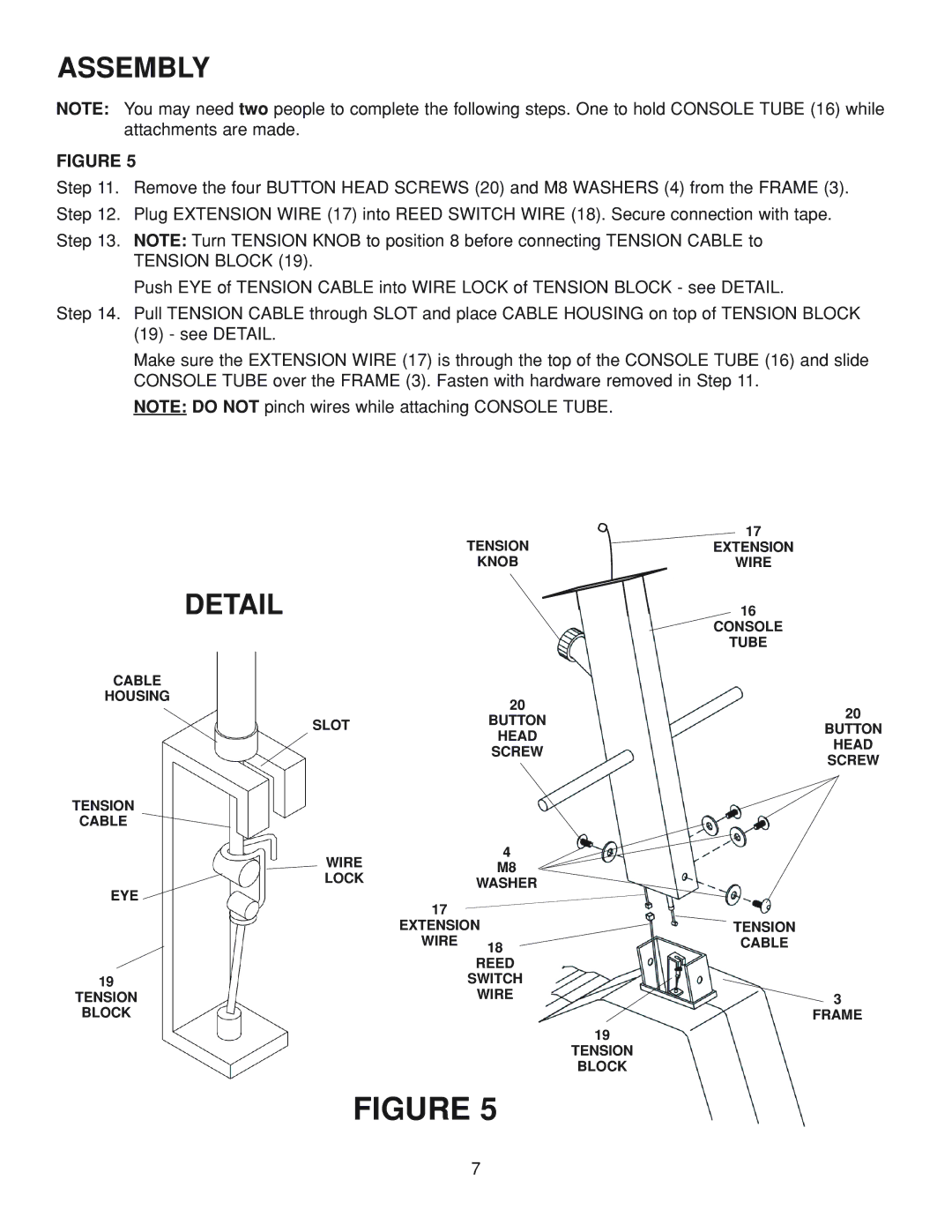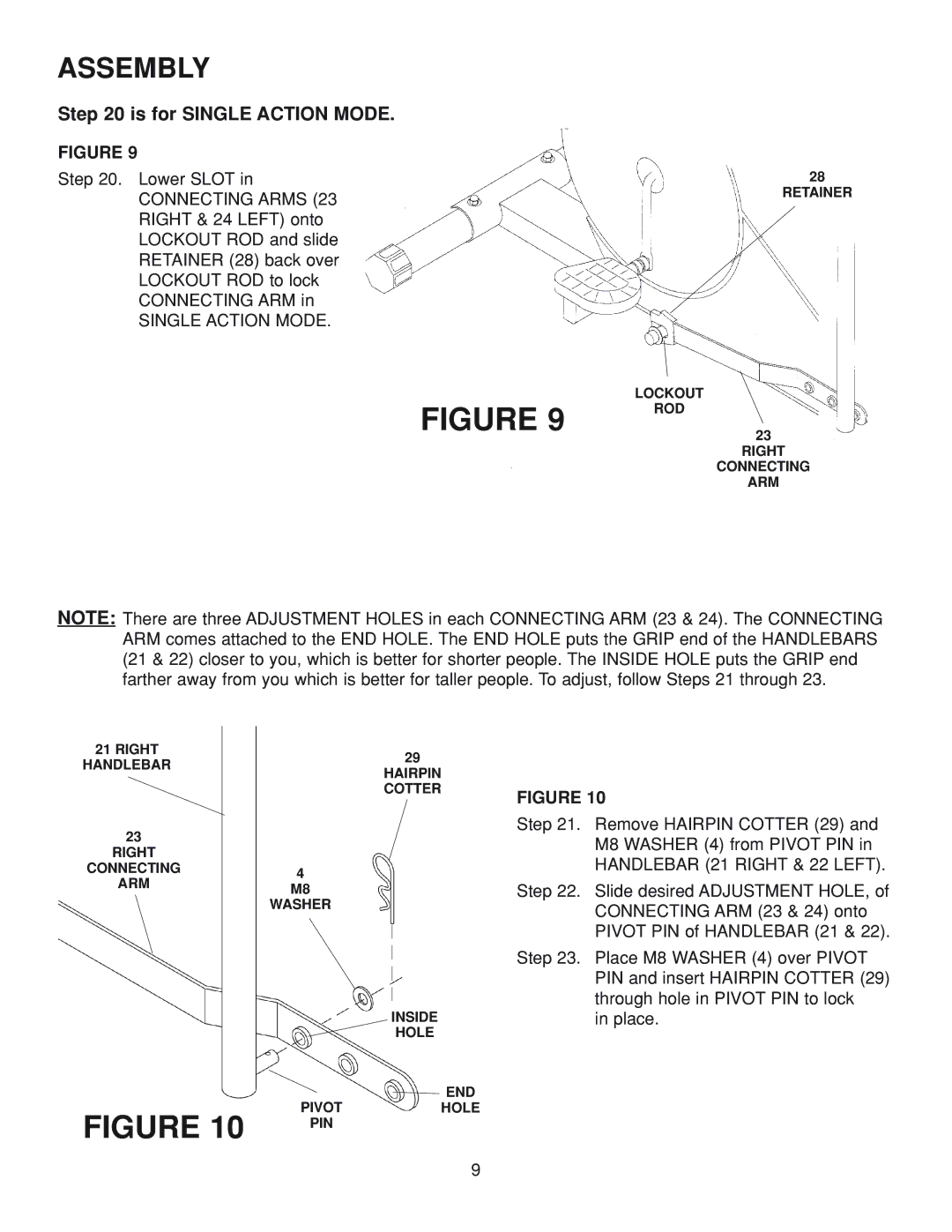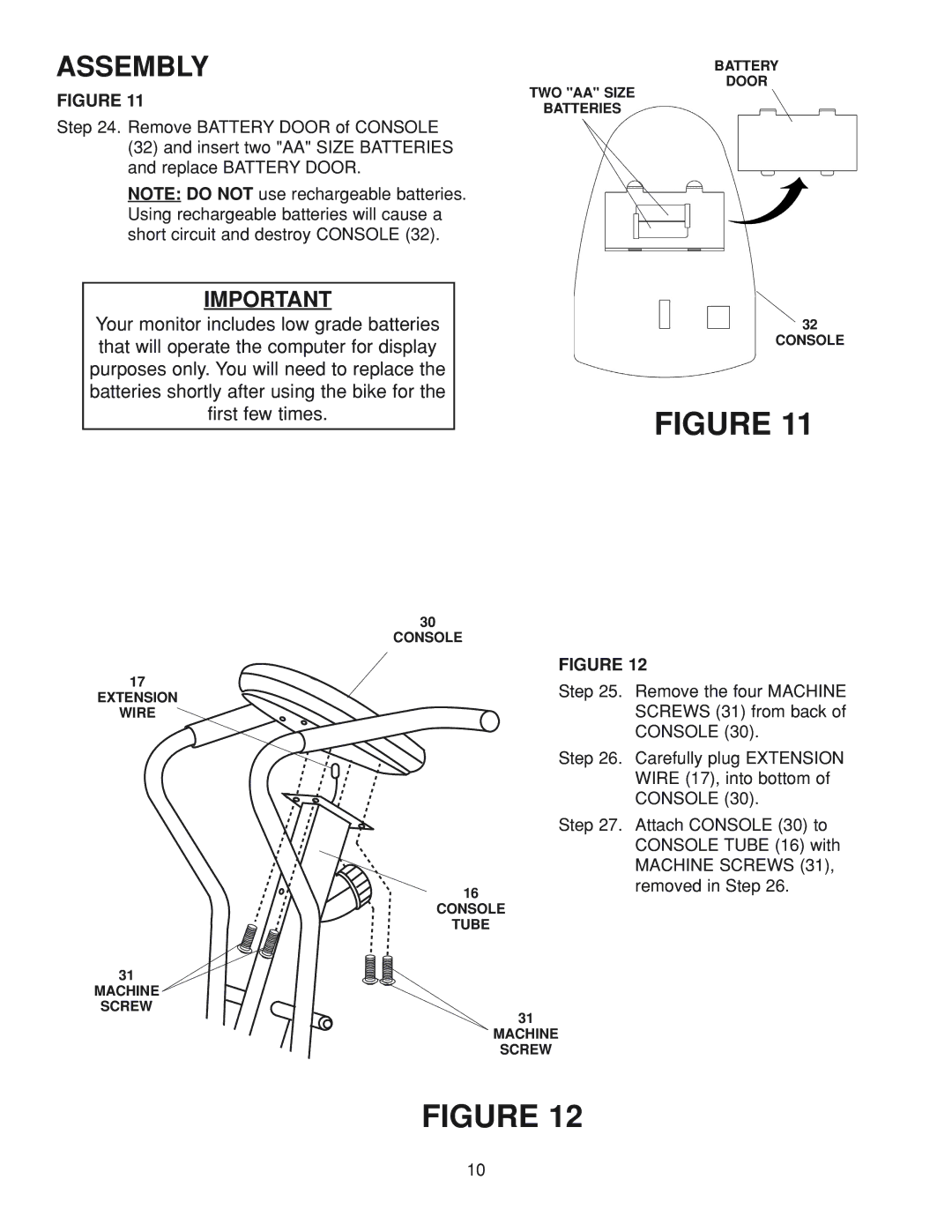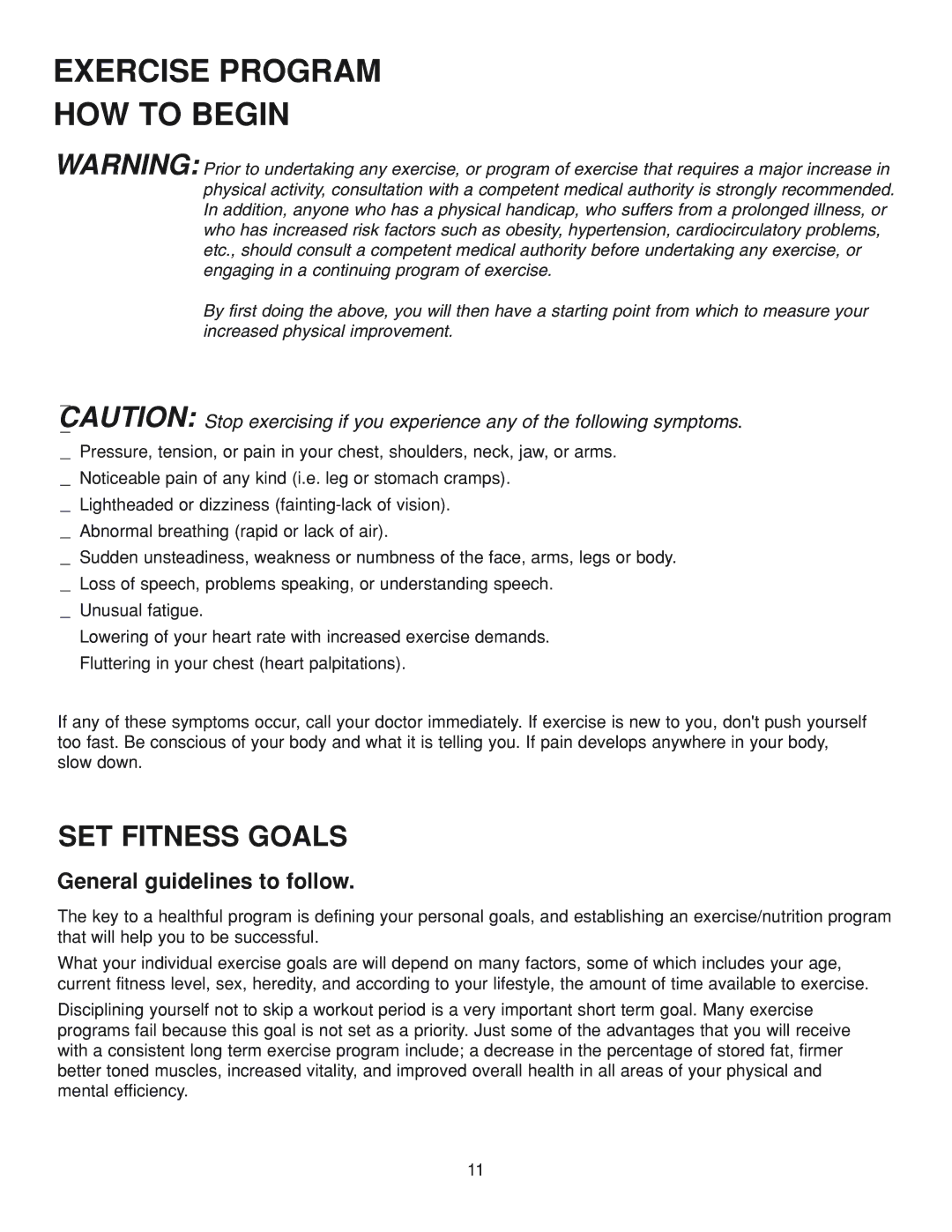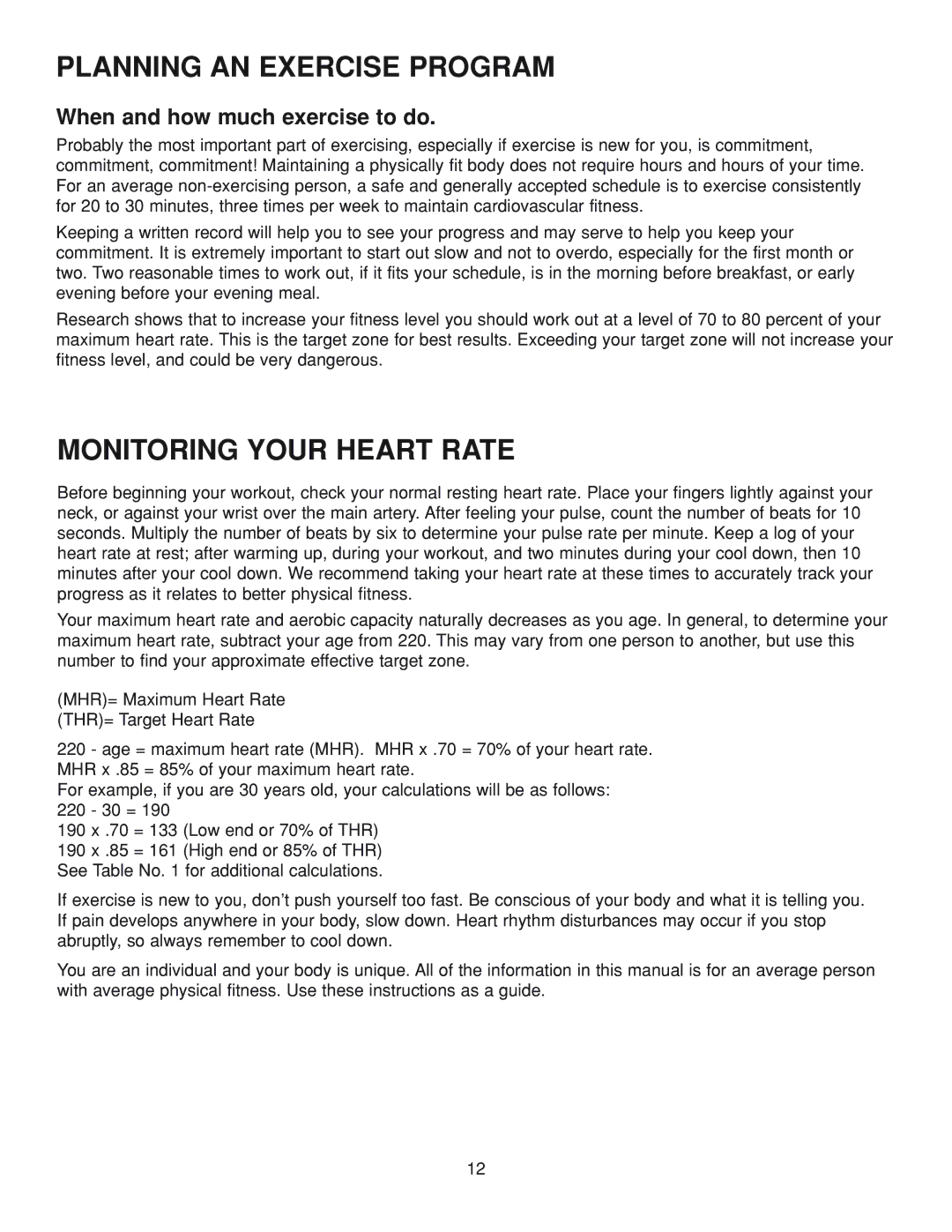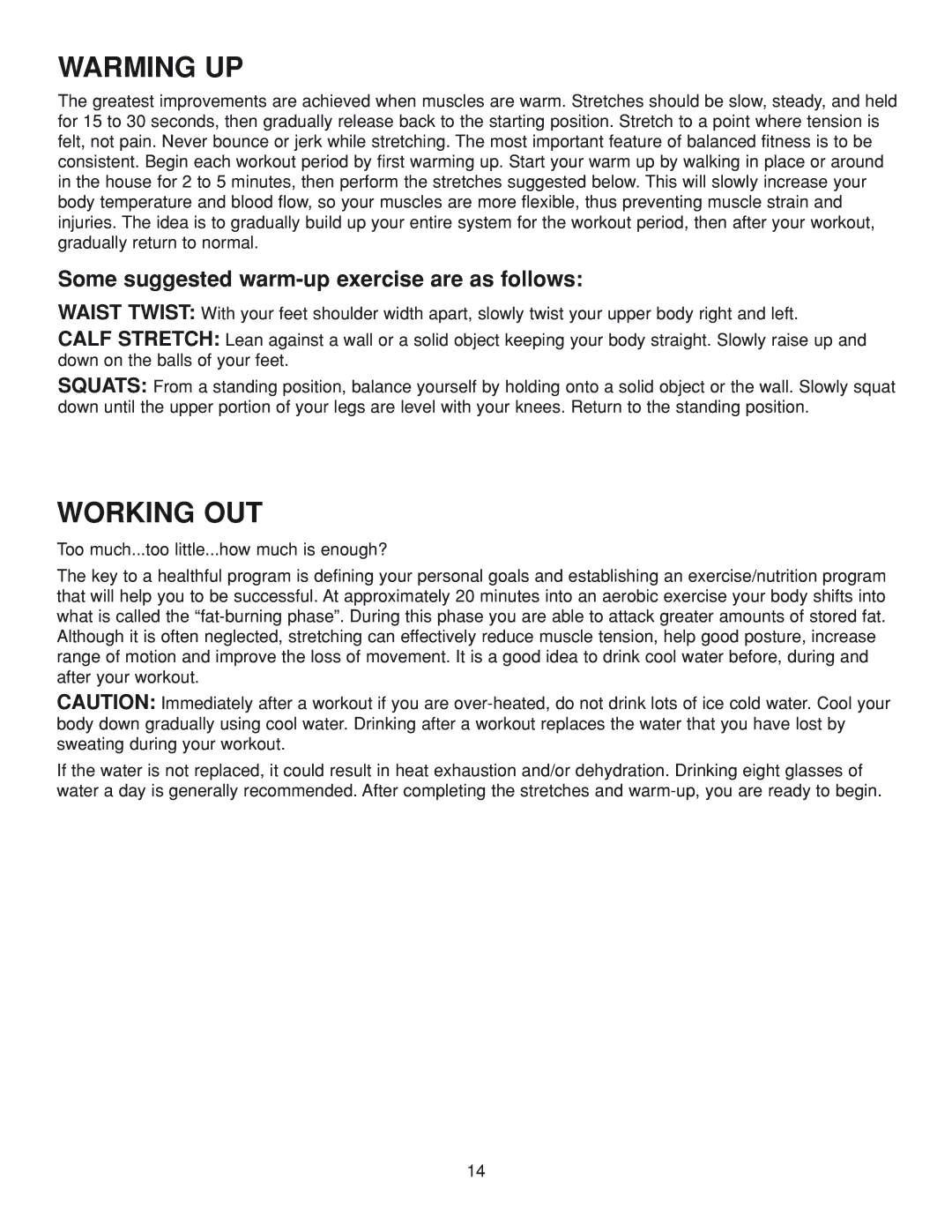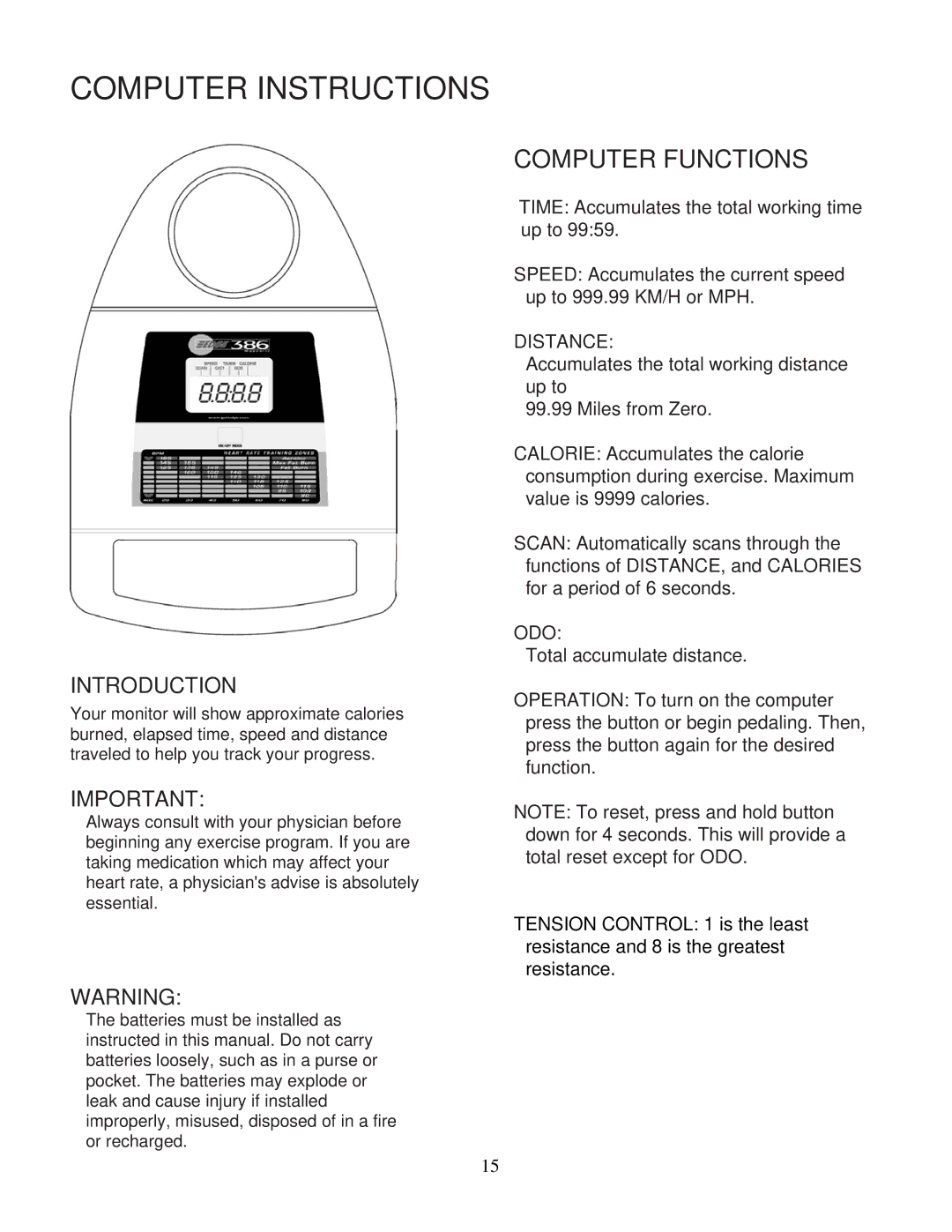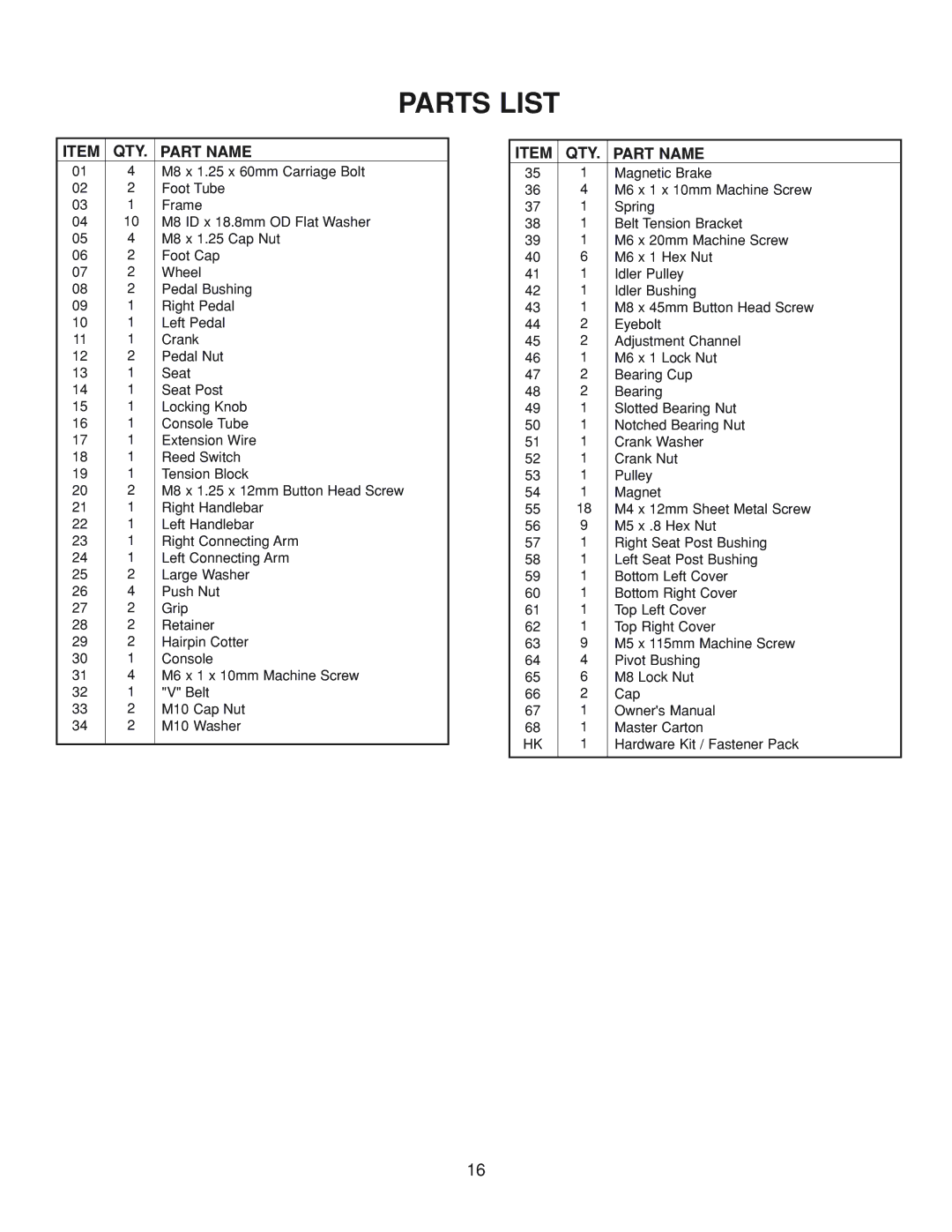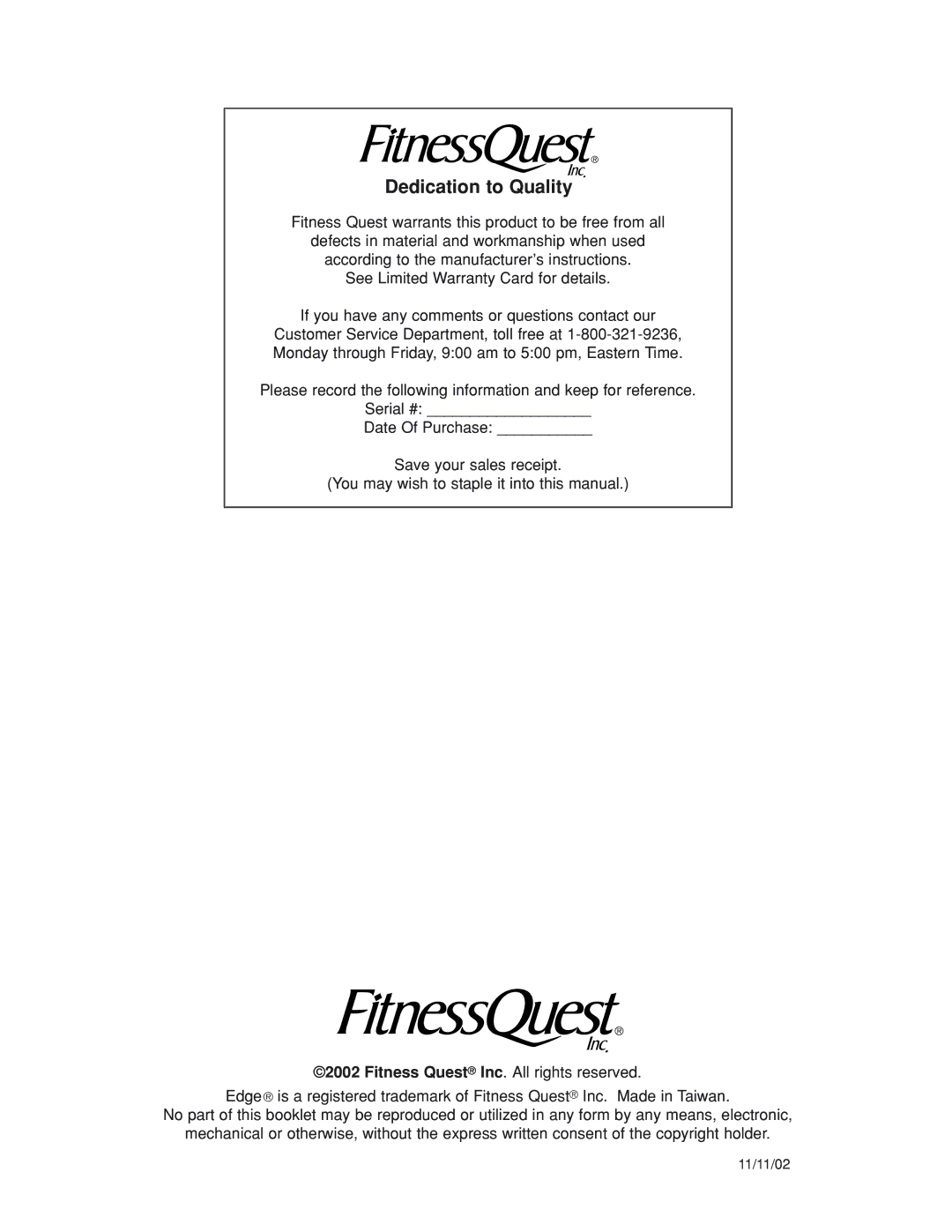PLANNING AN EXERCISE PROGRAM
When and how much exercise to do.
Probably the most important part of exercising, especially if exercise is new for you, is commitment, commitment, commitment! Maintaining a physically fit body does not require hours and hours of your time. For an average
Keeping a written record will help you to see your progress and may serve to help you keep your commitment. It is extremely important to start out slow and not to overdo, especially for the first month or two. Two reasonable times to work out, if it fits your schedule, is in the morning before breakfast, or early evening before your evening meal.
Research shows that to increase your fitness level you should work out at a level of 70 to 80 percent of your maximum heart rate. This is the target zone for best results. Exceeding your target zone will not increase your fitness level, and could be very dangerous.
MONITORING YOUR HEART RATE
Before beginning your workout, check your normal resting heart rate. Place your fingers lightly against your neck, or against your wrist over the main artery. After feeling your pulse, count the number of beats for 10 seconds. Multiply the number of beats by six to determine your pulse rate per minute. Keep a log of your heart rate at rest; after warming up, during your workout, and two minutes during your cool down, then 10 minutes after your cool down. We recommend taking your heart rate at these times to accurately track your progress as it relates to better physical fitness.
Your maximum heart rate and aerobic capacity naturally decreases as you age. In general, to determine your maximum heart rate, subtract your age from 220. This may vary from one person to another, but use this number to find your approximate effective target zone.
(MHR)= Maximum Heart Rate
(THR)= Target Heart Rate
220 - age = maximum heart rate (MHR). MHR x .70 = 70% of your heart rate. MHR x .85 = 85% of your maximum heart rate.
For example, if you are 30 years old, your calculations will be as follows:
220 - 30 = 190
190 x .70 = 133 (Low end or 70% of THR)
190 x .85 = 161 (High end or 85% of THR) See Table No. 1 for additional calculations.
If exercise is new to you, don’t push yourself too fast. Be conscious of your body and what it is telling you. If pain develops anywhere in your body, slow down. Heart rhythm disturbances may occur if you stop abruptly, so always remember to cool down.
You are an individual and your body is unique. All of the information in this manual is for an average person with average physical fitness. Use these instructions as a guide.
12
